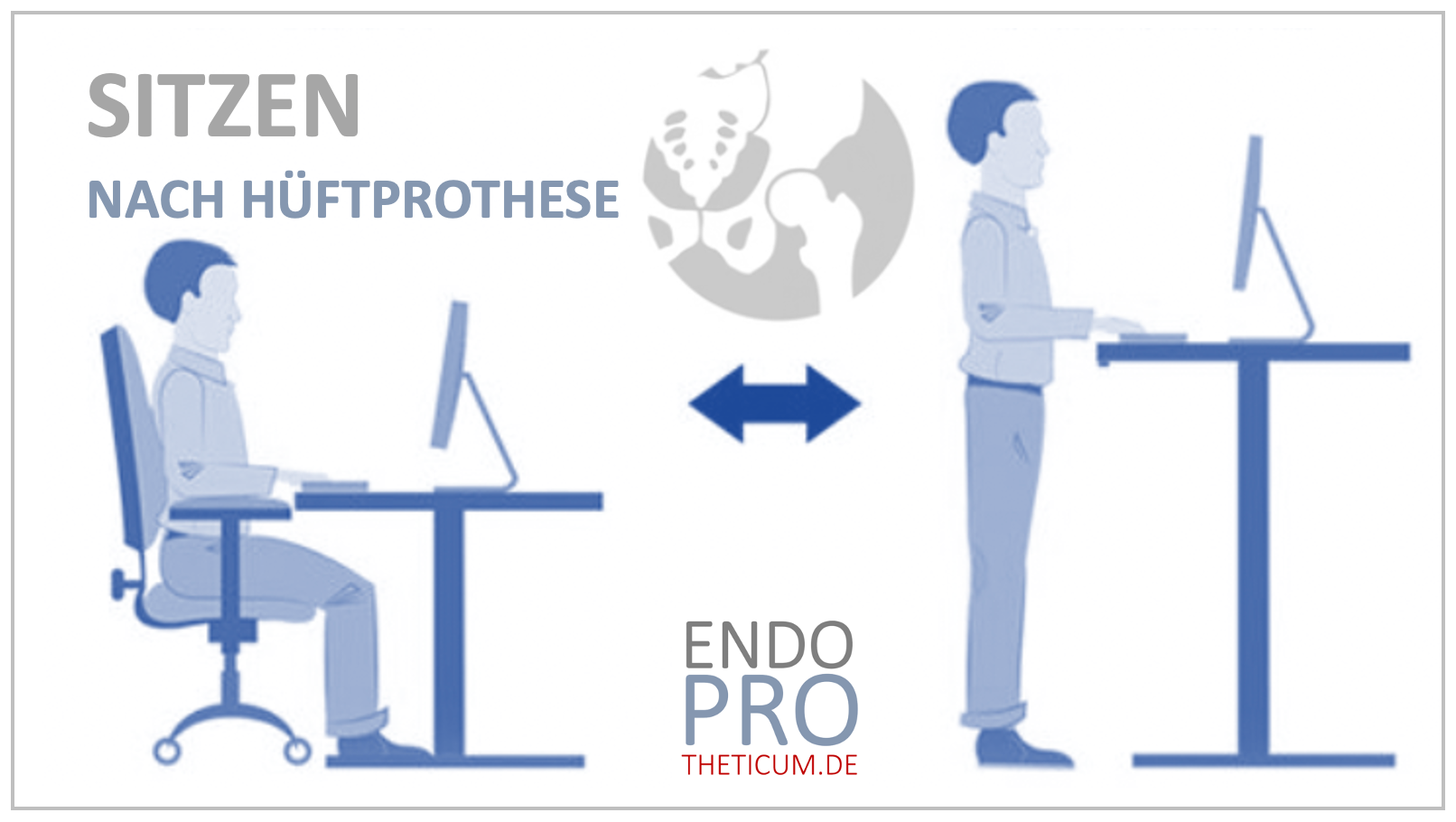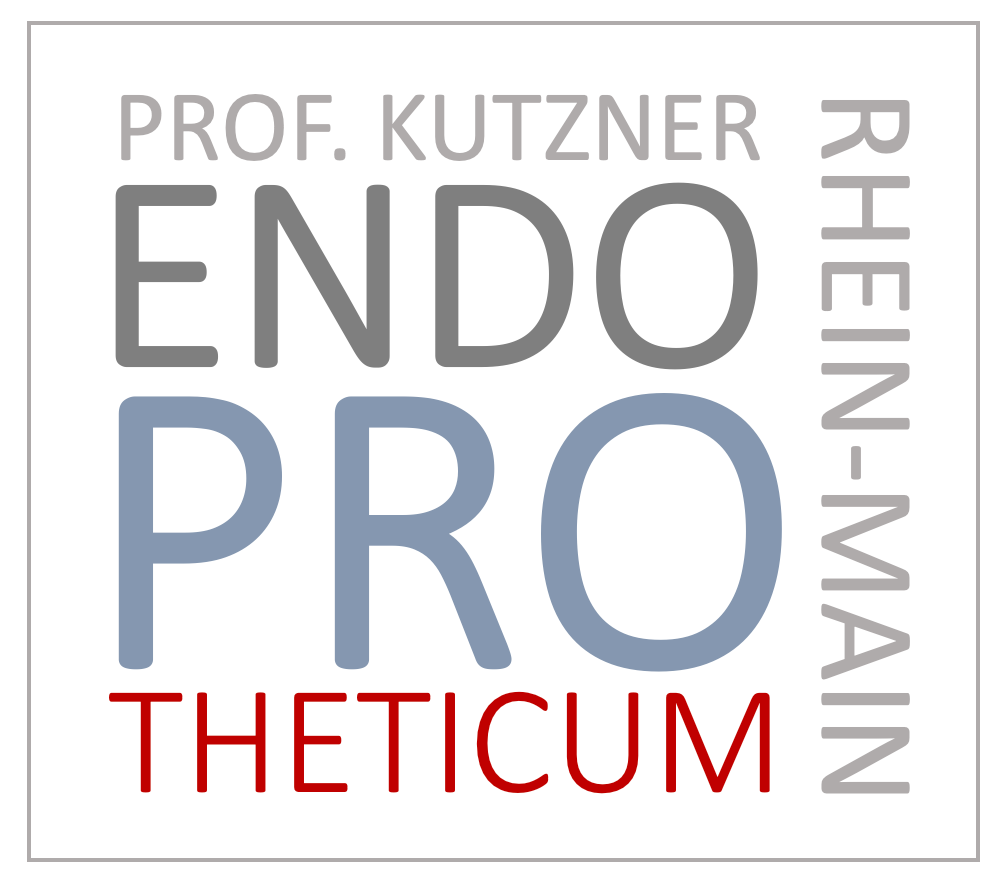Golf with artificial joint - this is how you improve your handicap
This is how the successful golf playing with artificial hip joint (hip-tep) or artificial knee joint (knee-tep) succeeds

Golf is more than just one game; It is a passion that connects people of all ages. For many, it is a way of life that combines physical activity with social interaction and mental challenge. But what happens when a joint replacement becomes necessary? Does the game change? Do you have to do without the beloved sport? This guide is intended to help you answer these questions and pave your way back to the golf course.
Golf is a sport that requires both physical fitness and mental concentration. The question arises for people with artificial hip joints (hip tea) or artificial knee joints (knee-tep) whether and how they can continue to exercise their beloved sport. The good news is: With the right preparation, technology and caution, golf games are also not only possible with a hip prosthesis or knee prosthesis, but can even contribute to improving general well -being.
The importance of golf for health
Golf offers numerous health benefits:
- Cardiovascular fitness : walking across the square promotes heart health.
- Muscle strengthening : The swing takes different muscle groups.
- Joint mobility : regular playing can promote flexibility.
- Mental health : The concentration on the game and the time in nature have a stress -reducing effect.
After a joint replacement, Golf can help improve mobility and support rehabilitation.
Artificial joints: an overview
An artificial joint, also called an endoprosthesis, replaces a damaged joint with a prosthesis. The most common reasons for joint replacement are osteoarthritis, injuries or other degenerative diseases. The most frequently replaced joints are:
- Hip joint : The hip prosthesis replaces the hip head and the hip pan.
- Kniegelenk : The knee prosthesis replaces the joint surfaces of the thigh bone and the shin.
Modern prostheses are designed in such a way that they imitate the natural function of the joint in the best possible way and have a high lifespan.
Golf according to joint replacement: general considerations
After a joint replacement operation, it is important to carefully plan the return to golf:
- Wait healing phase : Depending on the type of operation and individual factors, it can take several months before playing golf can be resumed.
- A consultation with the doctor : Before the resumption of sport, the treating doctor should always be consulted.
- Physiotherapy : Targeted exercises help strengthen the muscles and improve mobility.
- Customized technology : Adjustments in the swing or posture may be necessary to protect the new joint.
It is crucial to listen to your own body and to avoid overload.
Golf with hip prosthesis
Specific challenges
The hip joint plays a central role in the golf swing. The following challenges can occur according to a hip prosthesis:
- Restricts of movement : The rotation ability of the hip can be reduced.
- Loss of strength : The muscles around the hip takes time to regenerate.
- Sensitivity to pain : At first, certain movements can be uncomfortable.
Adjustments in the swing
In order to relieve the hip and adapt the swing, the following measures can be helpful:
- Stand width : A somewhat wider stand position can increase stability.
- Rotation : Rotate the upper body more to relieve the hip.
Specific challenges and solutions for hip prostheses
- Expensive range: After hip surgery, the range of movement can be restricted. Special stretching exercises and physiotherapy can help improve flexibility.
- Rotation movements: The golf swing contains rotary movements that can burden the hips. Adaptation of the technology and the use of aids can reduce the load.
- Stability: The balance can be impaired. Balance exercises and targeted training of the fuselage muscles are therefore important.
Recommended exercises and warm-up techniques in the Golf with Hip-Tep
A targeted warm -up program is essential to prepare the artificial hip joint for the strain on the golf game. This includes:
- Gentle hip mobilization: circles of the hip, slight flexion and stretching exercises
- Stability exercises: one -leg stand for activating the small holding muscles
- Rotation training: exercises with a rubber band to improve the trunk rotation
- Stretching of the hip flexors: to prevent shortening that could restrict the swing movement
Golf with knee prosthesis
Specific challenges
The knee joint is strongly integrated into the swing movement, especially when laying weight. The following challenges can occur according to one knee prosthesis:
- Control restriction: The full squat cannot be reached, especially in the initial phase.
- Pain in the event of pressure load: The load on the front knee in the final phase of the swing can be uncomfortable.
- Lower stability: After surgery, the knee can initially feel unstable.
Adjustments in the swing
- Wider stand position: This improves stability and reduces the stress onto the knee.
- Less squatting: Lighter bowing can help to reduce pain or feelings of pressure.
- Optimize weight shift: too much support on the operated knee should be avoided.
Specific challenges and solutions for knee prostheses
- The knee stress: The golf swing can strain the knee joint. A correct technology and avoiding abrupt movements are essential.
- Bug in the knee: Some movements require a deep squat. Here it can be helpful to adapt the stand or learn alternative techniques.
- Pain management: slight pain can occur. Cooling measures and anti -inflammatory medication after consultation with the doctor can provide relief.
Recommended exercises and warm -up techniques
- Knee stabilization exercises: one-leg stand, balancing on an unstable surface (e.g. Balance Pad)
- Leg presses with a slight load: strengthens the muscles without overloading the knee
- Gentle stretching for thigh and calf muscles
- Full stability training: supports a clean weight shift in the swing
Rehabilitation and preparation for golf with artificial joint
After a joint replacement operation, rehabilitation is crucial for a safe return to the golf game. A structured plan can look as follows:
- Phase 1 (0–6 weeks after the operation): Pain management, gentle mobility exercises
- Phase 2 (6–12 weeks): targeted strength and stability training
- Phase 3 (from 3 months): Sports -specific exercises, first golf swings without a ball
- Phase 4 (after approx. 6 months): return to regular golf training
Tips for returning
- Provide patience: a complete adaptation to the artificial joint can take up to a year.
- Start with shorter rounds: Nine-hole rounds are initially less stressful than a full 18-hole round.
- Use electrocart: to avoid unnecessary loads from long sidewalks.
- Joint -friendly racket choice: graphs are lighter than steel shafts and reduce the stress.
Equipment and aids
- Golf shoes with good damping: protect the joints in the running load.
- Light rackets: make it easier to live and reduce effort.
- Golf trolley: prevents additional wearing heavy equipment.
Nutrition and lifestyle
- Anti-inflammatory diet: omega-3 fatty acids (fish, nuts), fresh fruit and vegetables
- Sufficient liquid: Good hydration improves the joint function
- Weight control: Each kilo less reduces the load on the joints
Psychological aspects
Golf is a mentally demanding sport. The following strategies help to find joy in the game again with an artificial joint:
- Acceptance of the new circumstances: The momentum may change, but that does not mean that the game gets worse.
- Mental training: Visualization exercises help to build self -confidence.
- Set realistic goals: The focus should be on the joy of the game and not on performance.
Experience reports of golfers with a prosthesis
Many golfers with an artificial joint report that they can play painlessly again after the operation. Some of them even report on improved swing technology because they have to perform their movements more consciously.
Frequently asked questions (FAQ)
When can I play golf again after the operation?
- As a rule, at least after 3–6 months, depending on the individual recovery.
Is golf dangerous with an artificial joint?
- No, if you adhere to the recommended adjustments and avoid overload.
Should I use special rackets after the operation?
- Lighter rackets with graphi, can make the game easier.
Conclusion: hip prostheses and knee prostheses can improve your handicap!
Golf with an artificial hip joint or artificial knee joint is absolutely possible and can even contribute to rehabilitation. With the right preparation, adapted technology and a positive attitude, the return with prosthesis can successfully succeed. If you are unsure, you should use professional advice from a golf trainer or physiotherapist with experience. By choosing an experienced endoprosthetic specialist, golfers can ensure that they receive the best possible prerequisites for pain-free return to the golf course.
MAKE AN APPOINTMENT?
You are welcome to make an appointment either by phone or online .



























